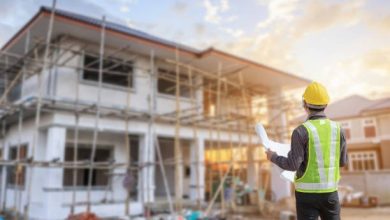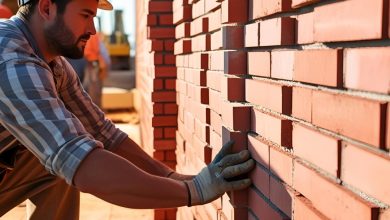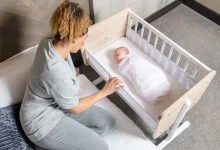What to Expect on the Day of Your AC Installation: Step-by-Step Guide

Getting a new air conditioning system installed is exciting, especially with the promise of better comfort and energy savings. However, knowing what to expect during the installation day can help things go smoothly. In this guide, we’ll walk you through the key steps involved in Air Conditioning Installation to ensure you feel well-prepared.
1. Preparing Your Home for Installation
Before the installation team arrives, some basic preparation will make the process easier. Move any furniture, decorations, or obstacles near the location of the indoor and outdoor units. Installers also need clear access to electrical panels and ducts, so ensure pathways are free from clutter.
If you’re replacing an old system, the installers will safely disconnect and remove the existing unit. It’s good to note that depending on the setup, additional electrical upgrades might be necessary. Make sure someone is available at home to coordinate with the technicians and provide access throughout the day.
2. Introduction and Inspection
Upon arrival, the installation team will introduce themselves and confirm the equipment, placement, and scope of the project with you. This initial walkthrough ensures that everyone is aligned with your preferences and expectations. They will also inspect the designated installation areas to ensure that everything matches the initial assessment.
The technicians will check for any unforeseen challenges, such as insufficient wall space for mounting a split AC unit or additional ductwork requirements. Any concerns or changes are communicated at this stage to avoid confusion later.
3. Installation of the Outdoor and Indoor Units
The team will begin by installing the outdoor condenser unit, usually on a levelled concrete or metal slab to prevent vibration and ensure stability. If an older AC system is being replaced, the new equipment may use the existing outdoor pad or require a fresh one.
Inside your home, the technicians will fit the indoor unit, which can be a wall-mounted, ceiling cassette, or ducted system, depending on your choice. Installing the refrigerant lines between the indoor and outdoor units, along with drain pipes, is a crucial step to ensure proper cooling performance and condensation management.
4. Electrical Connections and Testing
The installation also involves setting up the electrical components, including wiring the air conditioning system to the main power supply. In some cases, especially with older homes, the electrical panel may require modifications to support the new AC system.
Once connected, the team will vacuum and charge the refrigerant lines to prevent leaks and ensure the system operates at the right capacity. At this point, they will test the unit for functionality, checking airflow, cooling output, and thermostat integration to ensure everything works as intended.
5. Final Setup, Calibration, and Cleanup
After the system is operational, the technicians will fine-tune the thermostat settings and, if applicable, connect the system to smart home devices. They will explain how to operate the new AC and answer any questions you might have about the controls. This stage also includes inspecting all connections and confirming that no refrigerant leaks are present.
The installers will clean up the work area, removing any debris, old units, and packaging materials. This attention to detail ensures your home is left neat and ready for use. Many reputable installers, especially those with experience in heating systems like Boiler Installation, offer a similar level of care when completing jobs.
6. Post-Installation Inspection and Documentation
Once everything is in place, the team will conduct a final inspection to ensure the system runs smoothly. They will provide you with warranty documents, installation reports, and maintenance guidelines. This information is essential for scheduling future service checks and ensuring the warranty remains valid.
It’s also a good time to ask about routine maintenance and how to care for the filters to keep your air conditioning system running efficiently throughout the year.
Conclusion
Air conditioning installation is more than just fitting new equipment. It involves careful planning, precise installation, and thorough testing to ensure the system works perfectly for your home. Knowing what to expect on installation day helps you feel more in control and ensures a stress-free experience.
Whether you’re upgrading your cooling system or replacing an old one, it’s important to choose professionals with a reputation for high-quality service. Just like a Boiler Installation, air conditioning systems require expertise and attention to detail to ensure they operate efficiently and reliably for years to come.








